Wrinkled dogwinkle
Nucella lamellosaThese predatory sea snails feed on acorn barnacles and mussels by using their sharp, toothy radula to drill through the shells of their prey and get to the tasty morsel inside.
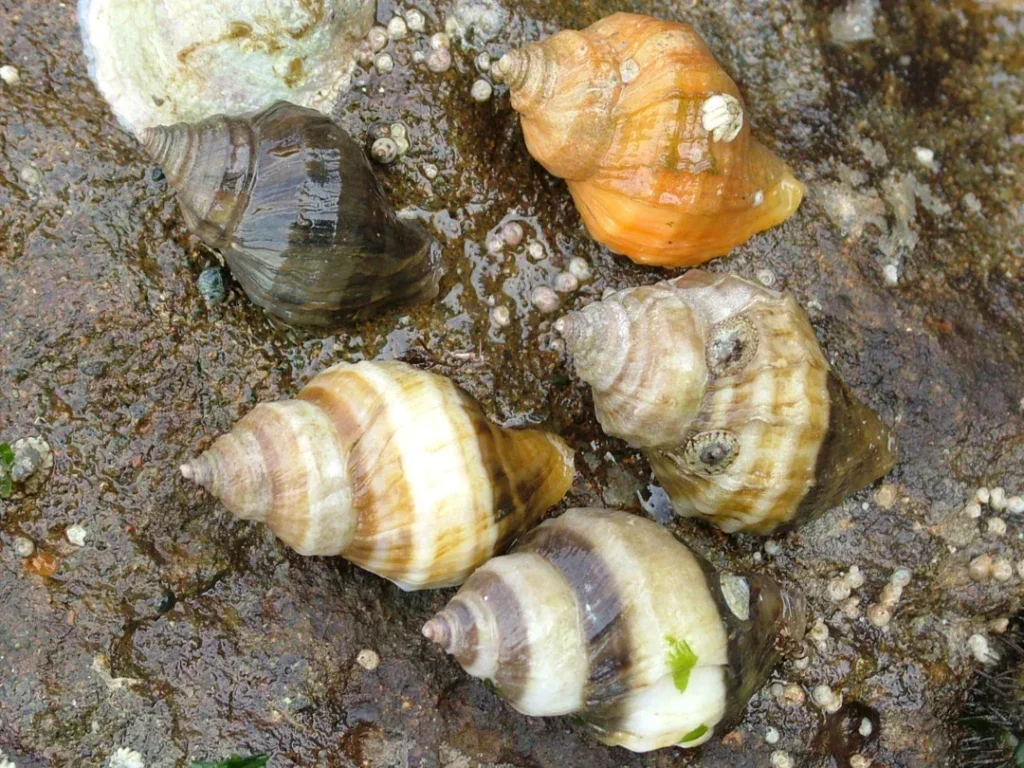
These predatory sea snails feed on acorn barnacles and mussels by using their sharp, toothy radula to drill through the shells of their prey and get to the tasty morsel inside.

Our local waters are home to three kinds of urchins, named for their color: green, red and purple. They use their spines to move along the rocks and help grab hold of algae to eat.
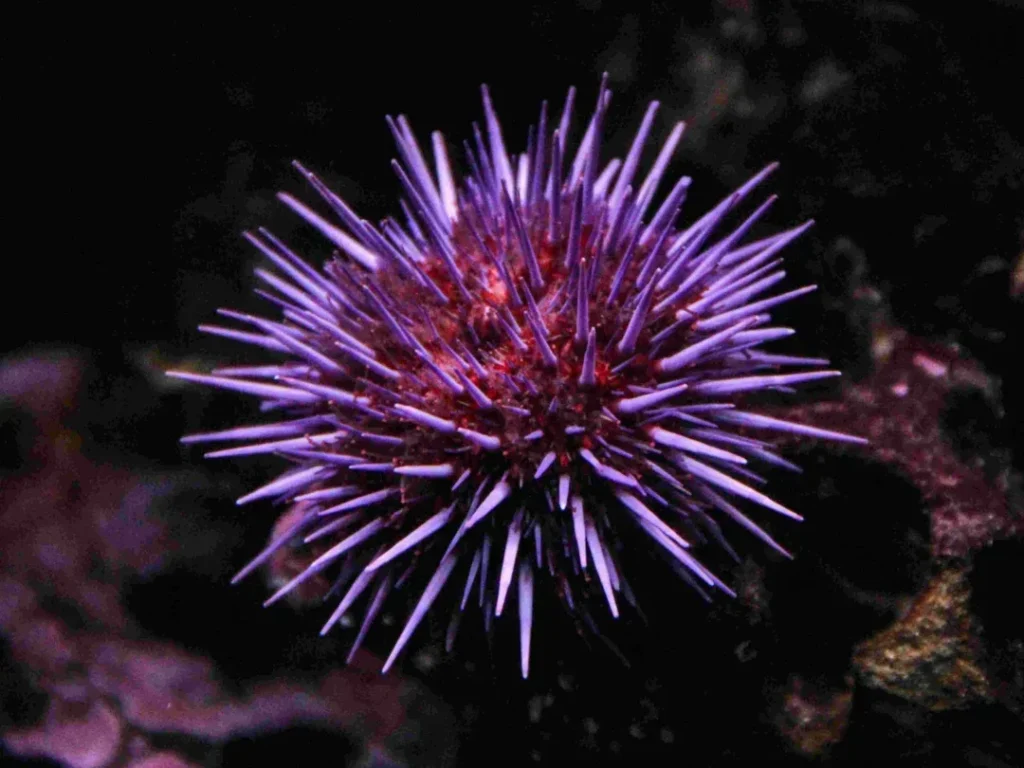
Our local waters are home to three kinds of urchins, named for their color: green, red and purple. They use their spines to move along the rocks and help grab hold of algae to eat.
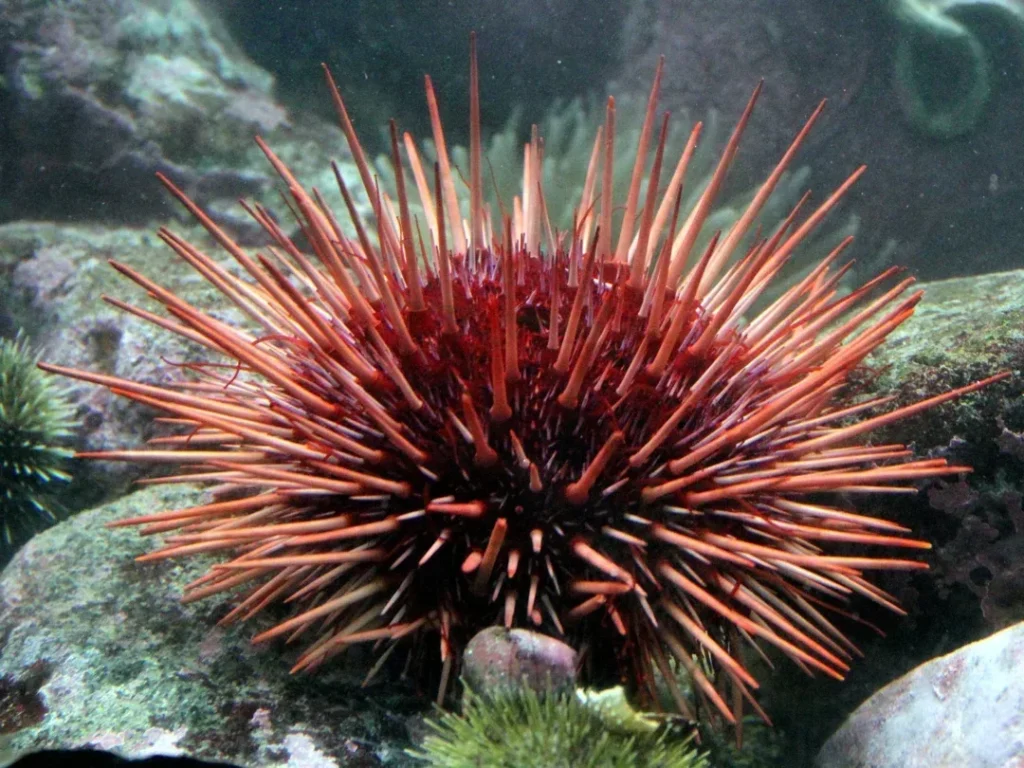
Also known as the Christmas anemone, the painted anemone is common throughout the intertidal zone (the area where the ocean meets the land between low and high tides).
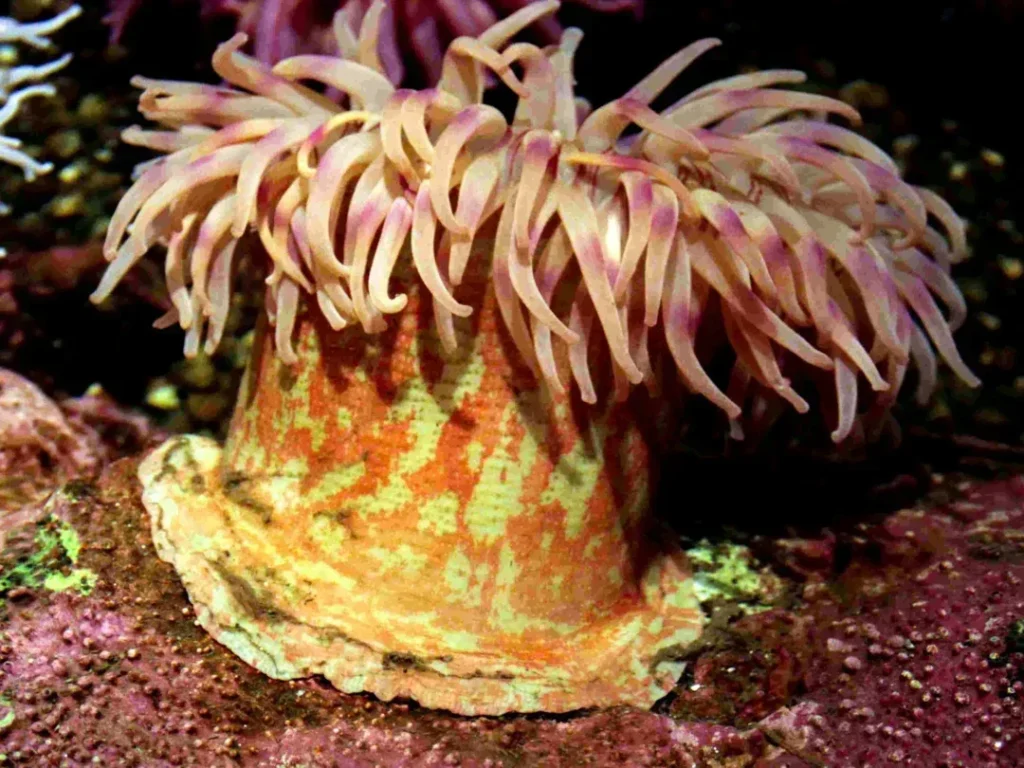
The beautiful, flower-like tentacles of the plumose anemone capture hundreds of tiny plankton to eat. When closed, this anemone may be feeding or just resting after being touched.
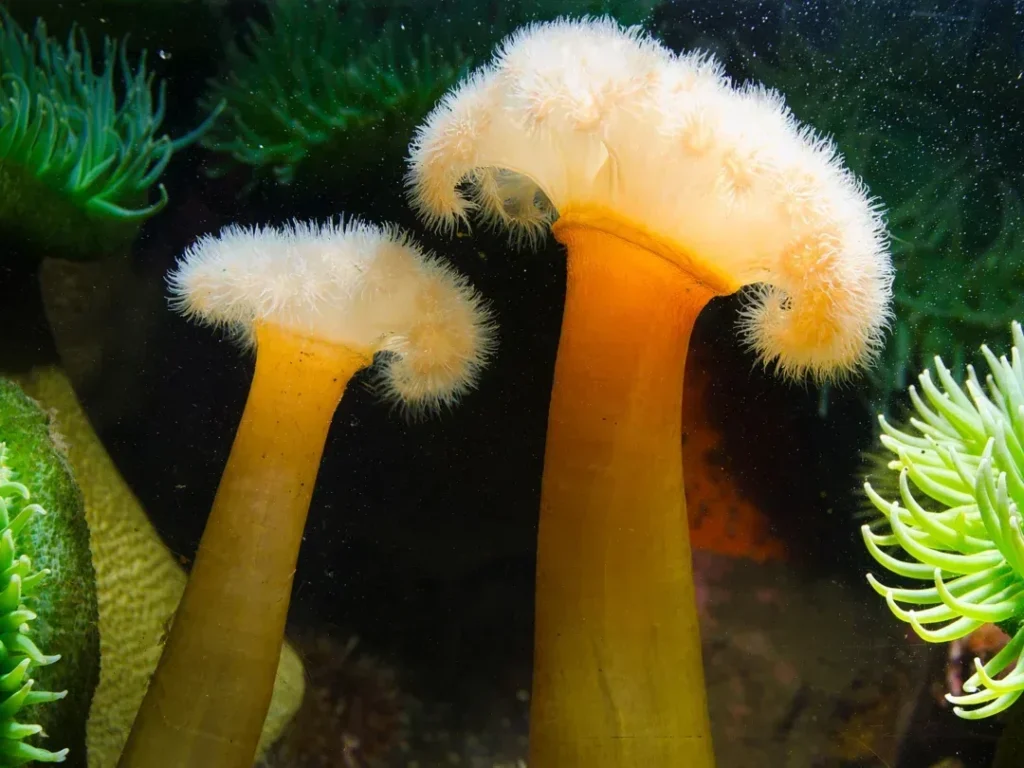
A sea urchin's mouth is called “Aristotle's lantern.” The green sea urchin uses a complex system of muscles to maneuver its mouth and graze on algae with its strong, sharp teeth.

You can spot a variety of marine snails during your visit. The hairy triton is a large, predatory snail that gets its name from the bristly hair-like extensions on its shell.
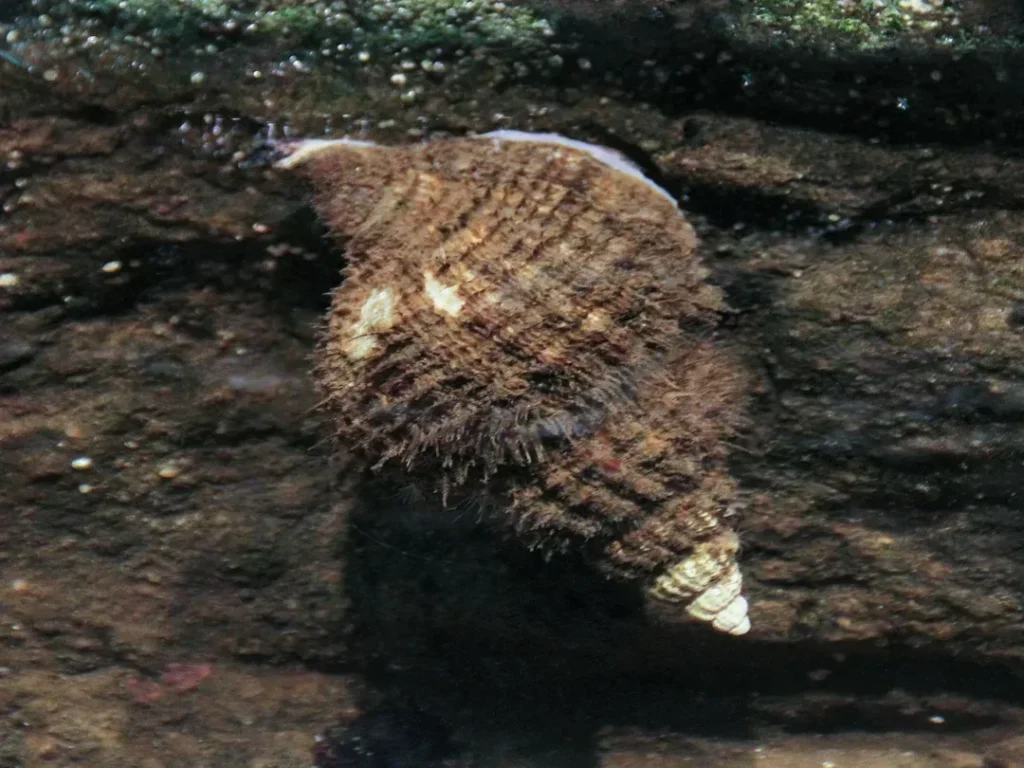
The keyhole limpet often plays host to the symbiotic scale worm. The worm lives in the limpet's mantle and nips at any predatory sea star that tries to make the limpet a meal.
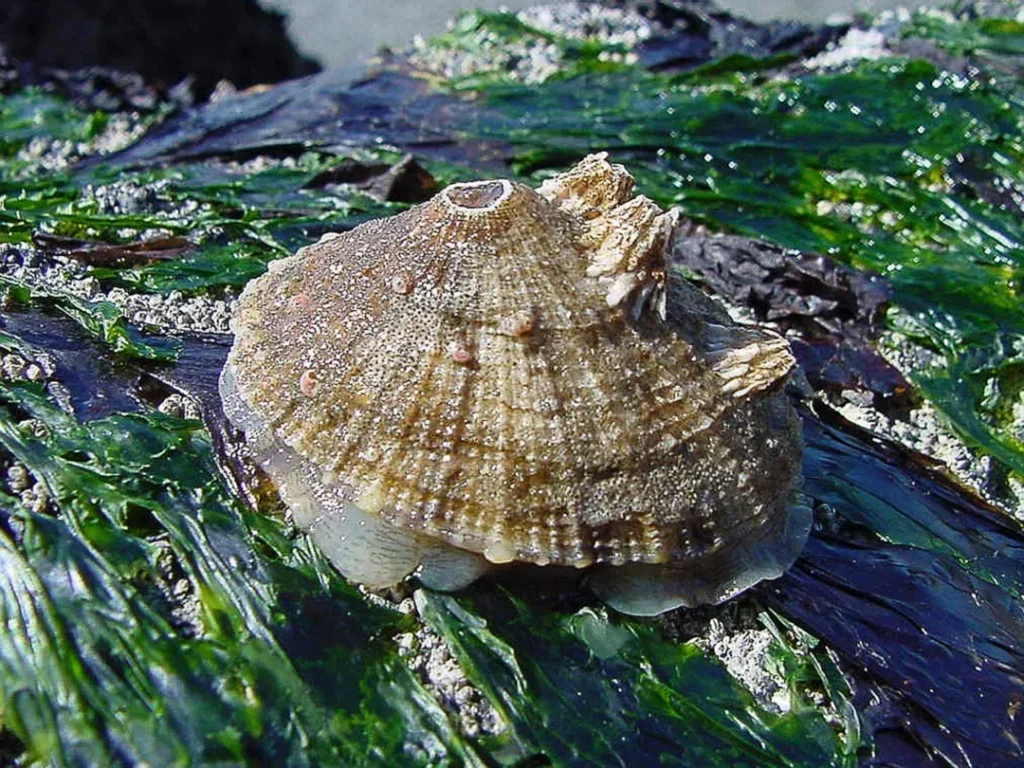
This predatory snail uses its sharp, toothy radula to drill into the shells of barnacles and mussels. It injects them with digestive juices, liquifies them, then slurps them up.
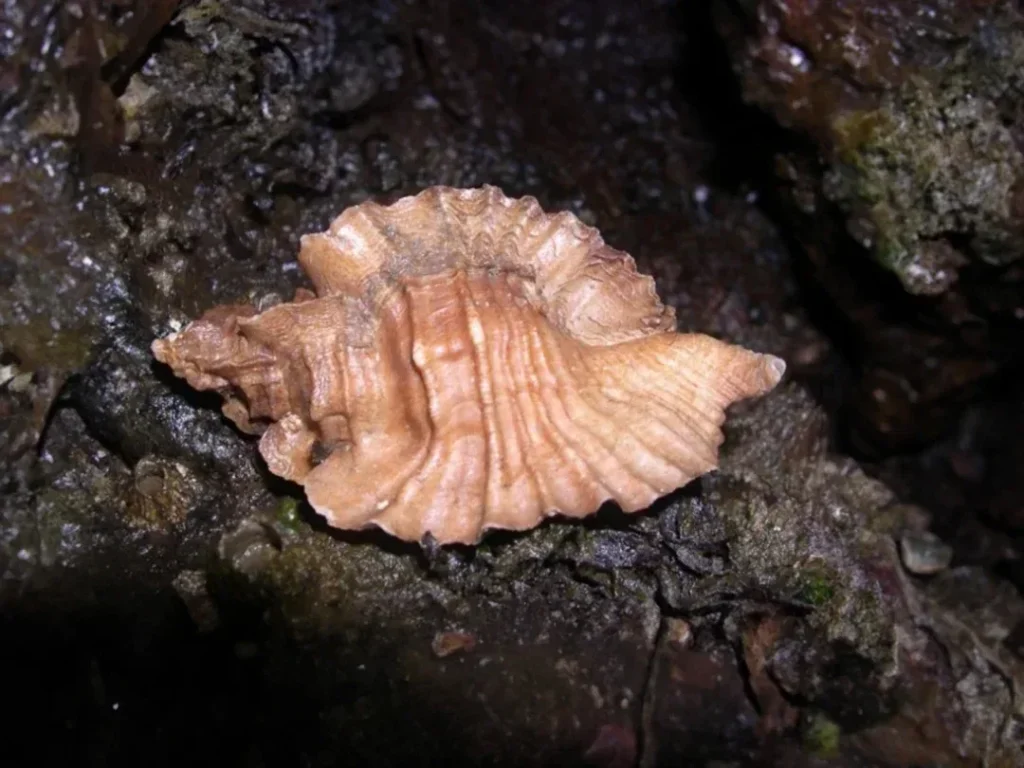
Like most chiton species, lined chitons have eight plates on their back, surrounded by a girdle (a fold of flesh). They're named for the lines, patterns and colors on their backs.
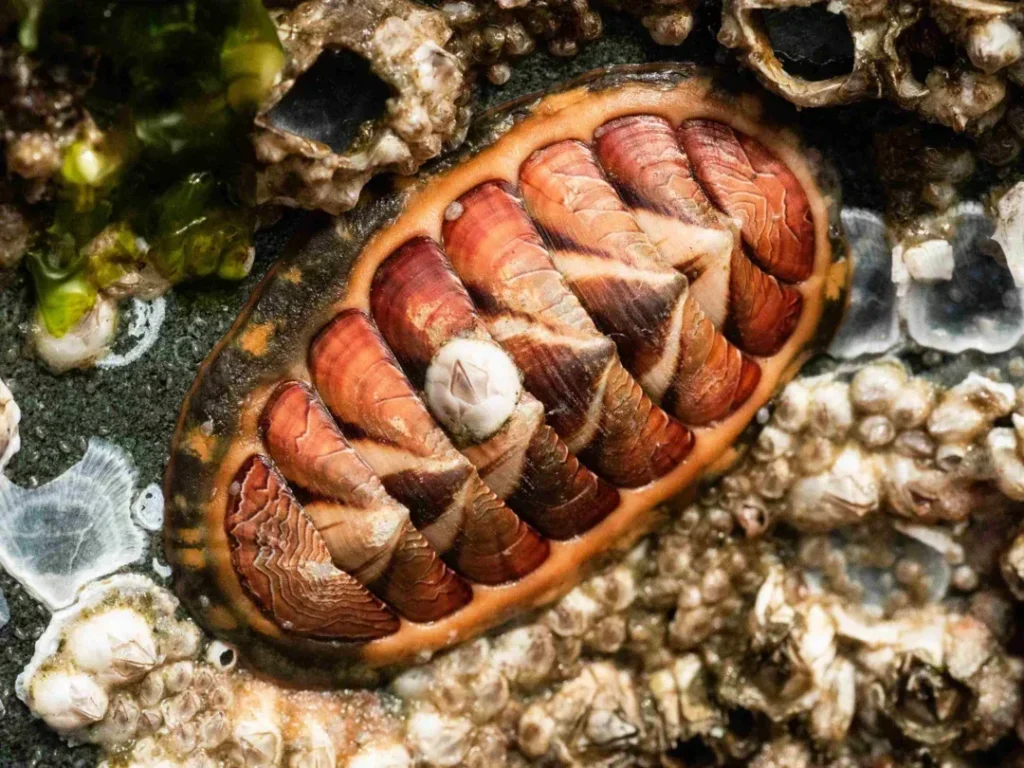
You wouldn't want to take a bite out of this cucumber! Its tissue is toxic, so most predators stay away, though some species of sea stars can handle its poison.
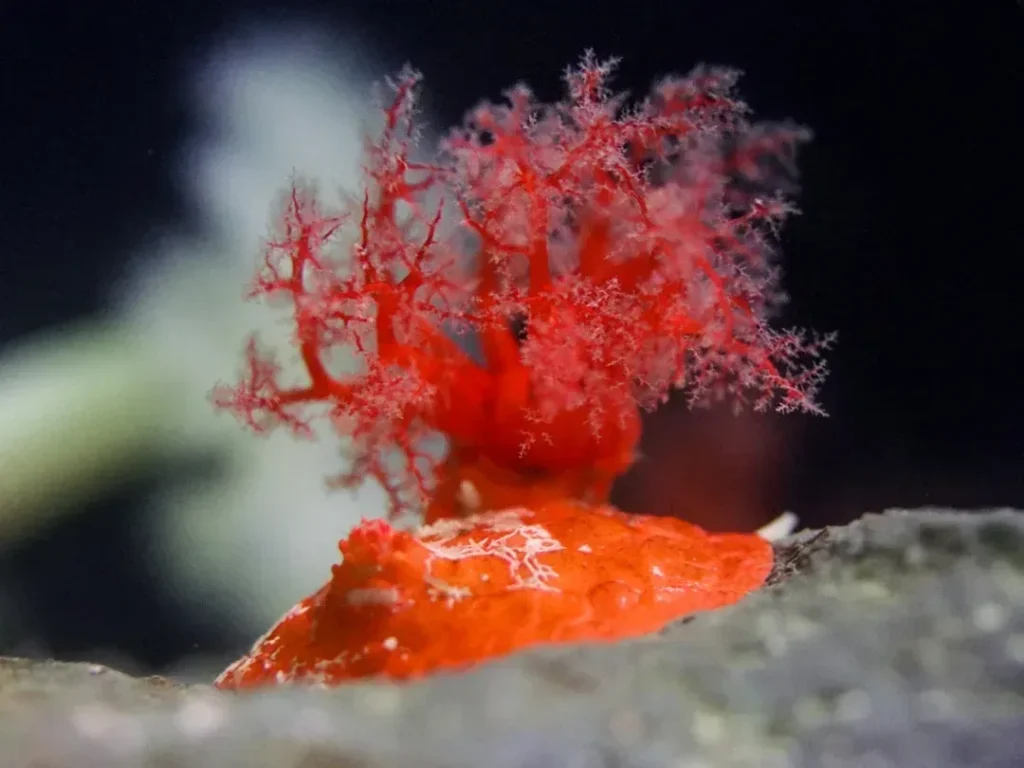
These anemones get some of their bold color from algae living in their tissue. The anemone shelters and protects the algae, while the algae photosynthesize food for the anemone.

This colorful species is viviparous—meaning they give live birth! Mothers give birth to up to 90 new perch at a time.
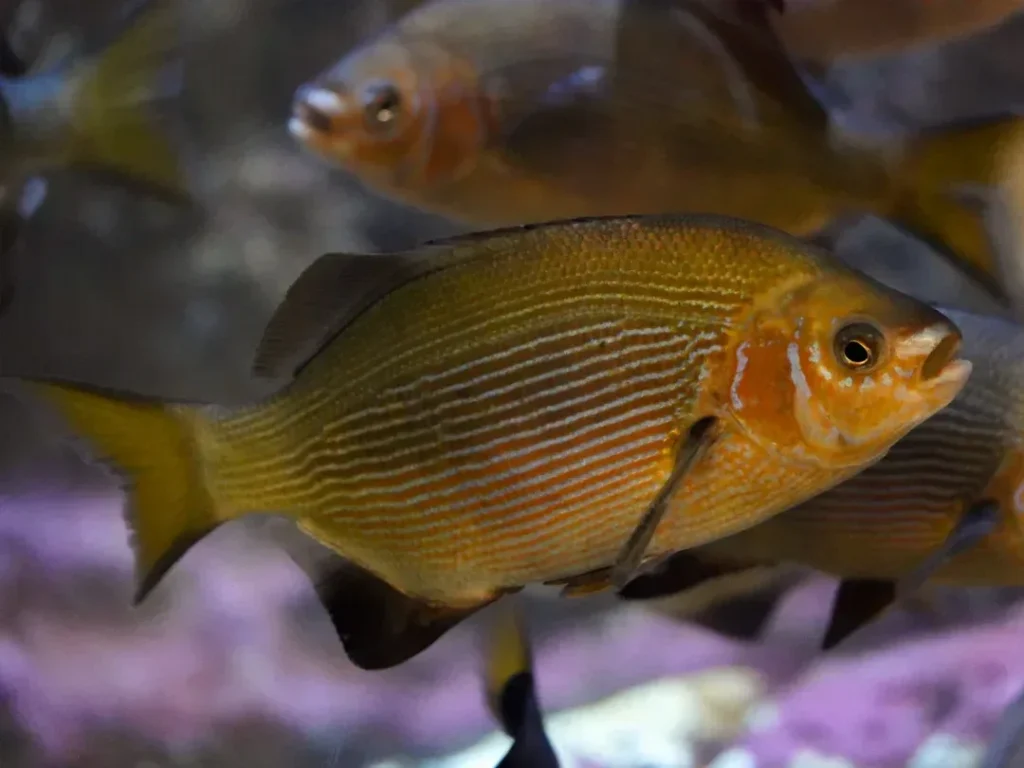
As their name suggests, the burrowing sea cucumber keeps most of its body tucked under the sand or rocks. Look closely and you might see their feather-like oral tentacles, which they use to grab food.
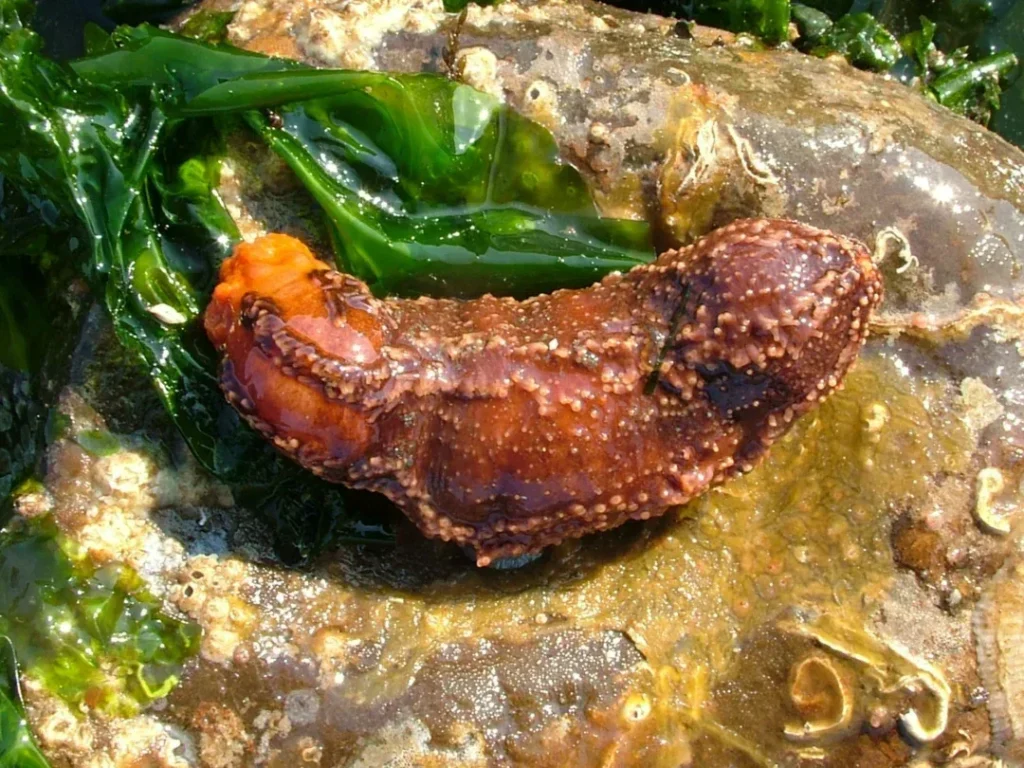
These animals attach themselves to rocks using strong, silky fibers called byssal threads. Mussels can group together in clusters of a million or more!
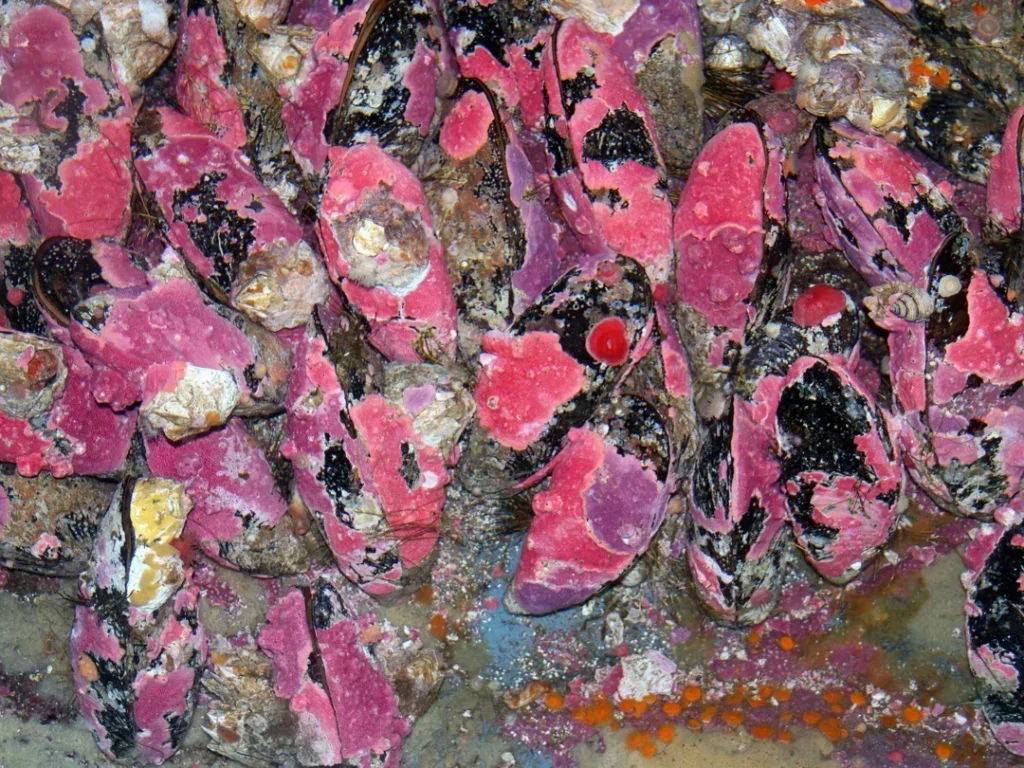
This 40-foot-long habitat replicates a Salish Sea shoreline, from the intertidal zone (or where seawater meets land between low and high tides) to a depth of about 5 feet. It houses a fascinating array of invertebrates—including anemones, sea cucumbers, sea urchins and more—and dazzling striped surfperch. Watch out for the spray of the waves!
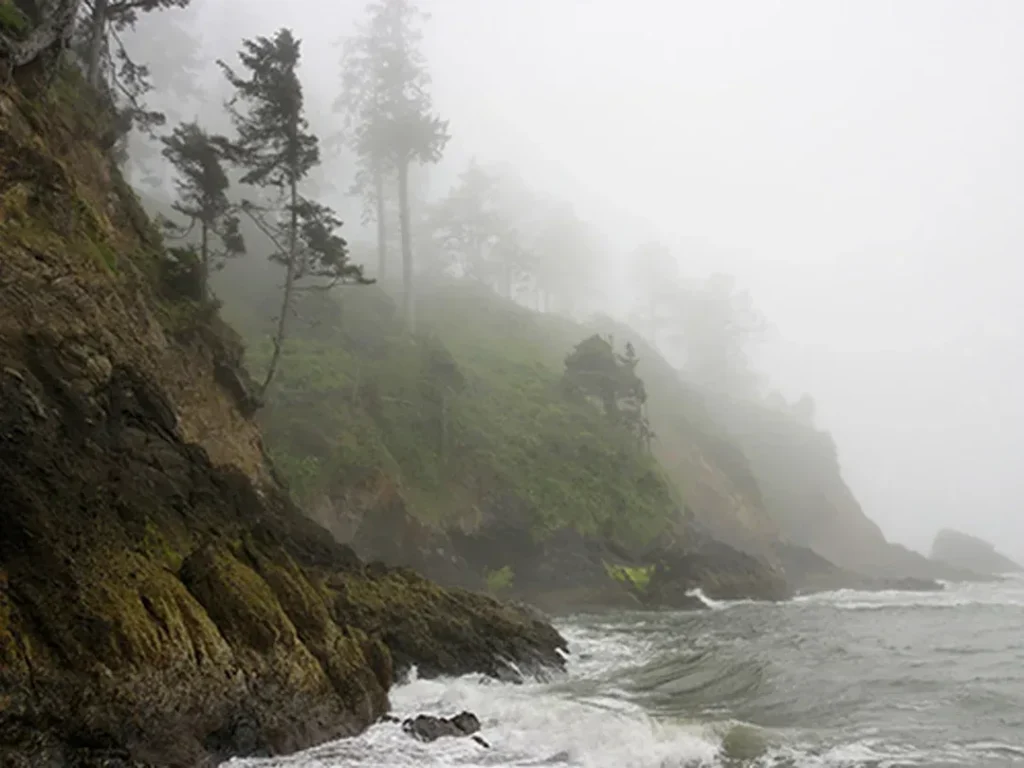
Ocean acidification: Human activity generates a lot of carbon dioxide, which gets absorbed by the ocean. Carbon dioxide makes ocean water more acidic and corrosive, affecting animals’ shells and bones and impeding coral skeleton development. Rising ocean temperatures put even more stress on coral reefs, which serve as important habitats for many species and protect shorelines.
Many of the animals in the intertidal zone are great at staying in place, even when facing turbulent waves. Some, like sea cucumbers, have many tiny tube feet. These feet can suction onto surfaces, helping these animals move around or stay still. Some animals, like sea stars, also use their tube feet to open up the shells of their prey.